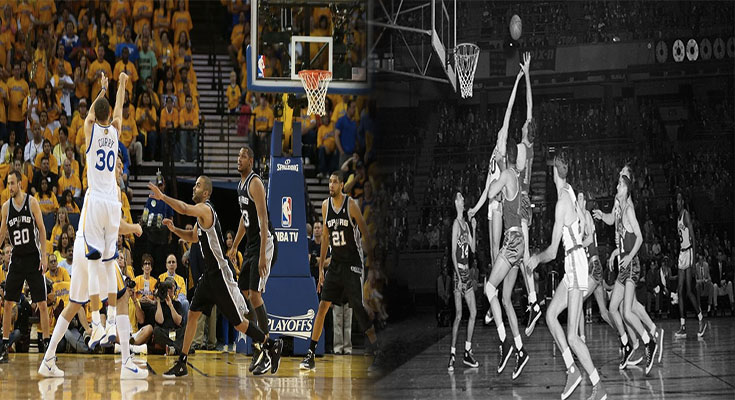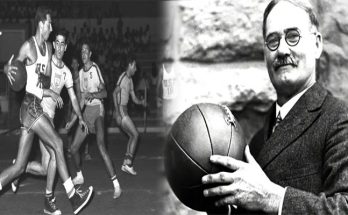Basketball, a sport enjoyed by millions around the world, has a rich history of evolving rules and changing playing styles. From its inception in 1891 to the modern era, basketball has seen significant modifications that have shaped the game we know today. In this article, we will delve into the evolution of basketball rules and the various playing styles that have emerged over the years.
Early Rules of Basketball:
When James Naismith invented basketball in 1891, the game had simple rules and minimal equipment. Initially, there were only 13 basic rules, and the objective was to throw a soccer ball into peach baskets at opposite ends of the gymnasium. Players were not allowed to run with the ball or make physical contact with opponents.
Evolution of Rules:
As basketball grew in popularity, adapting and refining the rules became necessary to ensure fair competition and enhance the excitement of the game. Over the years, various rule changes have been implemented, including:
- Introduction of Backboards: In the early years, there were no backboards behind the baskets. This changed in the early 1900s when the backboards were introduced, allowing for more precise shooting and rebounding.
- Establishment of Shot Clock: In 1954, the shot clock was introduced to prevent teams from stalling and increase the pace of the game. The shot clock requires teams to attempt a shot within a specified time limit, adding urgency and strategy.
- Three-Point Line: In 1967, the three-point line was added to the game, initially for professional basketball. This innovation rewarded players for shooting from greater distances, adding a new element to offensive strategies.
- Introduction of the 24-Second Shot Clock: In 1954, the 24-second shot clock replaced the original 30-second clock. This change encouraged faster-paced games and increased scoring opportunities.
- Foul Limitations: Throughout the years, the number of fouls permitted per player has evolved. Initially, players could commit an unlimited number of personal fouls, but now players are limited to a certain number of fouls before being disqualified from the game.
Playing Styles:
As the game’s rules evolved, so did the playing styles and strategies employed by teams and players.
- Early Game: In the early years, basketball focused on set plays and passing the ball to secure close-range shots. There was a greater emphasis on teamwork and ball movement rather than individual skills.
- Fast Break and Transition Offense: In the 1960s and 1970s, teams began to adopt a fast break style of play, emphasizing speed and transition offense. This style relied on quick outlet passes and players sprinting down the court to create scoring opportunities before the defense is properly set.
- Emphasis on Three-Point Shooting: With the introduction of the three-point line in the late 1960s, teams began incorporating long-range shooting into their strategies. Some teams built their offenses around three-point shooting, creating space for shooters to stretch defenses.
- Small Ball and Versatility: In recent years, there has been a trend towards small ball and versatile lineups. Teams prioritize agility, speed, and the ability to switch defensive assignments. This style aims to create mismatches and exploit advantages on both ends of the court.
Through rule changes and the evolution of playing styles, basketball has transformed into the fast-paced, high-scoring game we see today. From the simple beginnings of James Naismith’s creation, basketball has continuously adapted to enhance fairness, excitement, and the skill level required to excel on the court. Understanding the history and evolution of basketball rules and playing styles helps fans and players appreciate the game’s growth and development over time.





